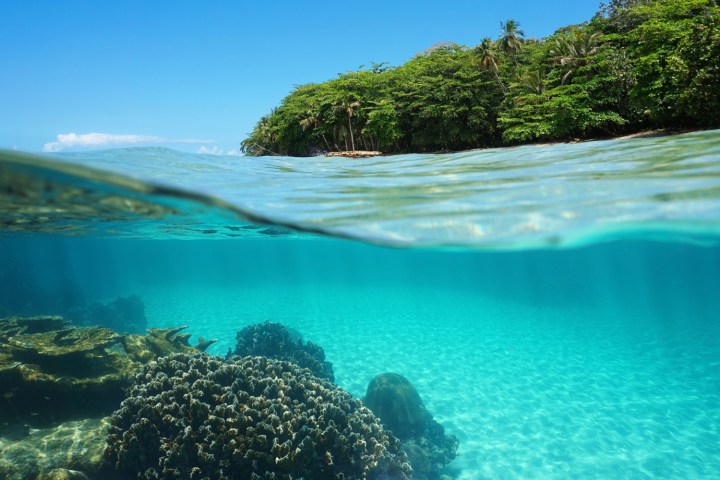
NASA’s Jet Propulsion Laboratory, joined by other scientists from around the world, plan to map large areas of existing coral reefs using high-flying aircraft in an initiative dubbed CORAL (Coral Reef Airborne Laboratory). The aircraft will be equipped with specialized PRISM instrumentation to map the reefs and monitor their changes over the next three years. PRISM, short for Portable Remote Imaging Spectrometer, can detect spatial features as small as 30 cm from below cloud altitudes. “The idea is to get a new perspective on coral reefs from above, to study them at a larger scale than we have been able to before, and then relate reef condition to the environment,” said Bermuda Institute of Ocean Sciences’ Eric Hochberg to the Associated Press.
While the aircraft is recording data from the sky, a team of divers led by NASA scientist Michelle Gierach will be working from Oahu, Hawaii’s Kaneohe Bay, gathering baseline data in the water. This baseline data will be used to validate and analyze the aircraft readings. Data will be collected from the reefs of Hawaii, Palau, the Mariana Islands, and Australia’s Great Barrier Reef. After the data is collected and analyzed by CORAL scientists, it will be released publicly and made available to the scientific community within six months.
Researchers hope this two-pronged approach will improve their understanding of these coral reef ecosystems and how they respond to environmental stresses such as global warming, acidification, and pollution. Recent studies suggest up to 50 percent of existing coral reefs have been damaged by local factors and global temperature change. More than just a beautiful place for divers to examine, reefs are home to a variety of fish species, are a source of medicines, and also protect shorelines from storm surges and rising ocean levels. Scientists hope this broad data set, the first ever for coral reef ecosystems, will help them as they try to restore the reefs for future generations.



